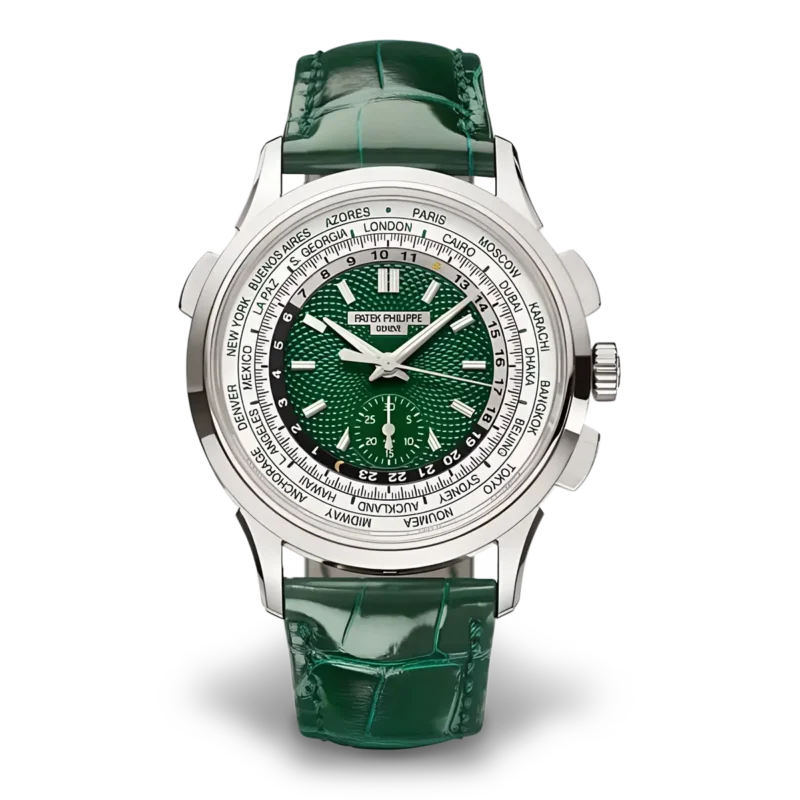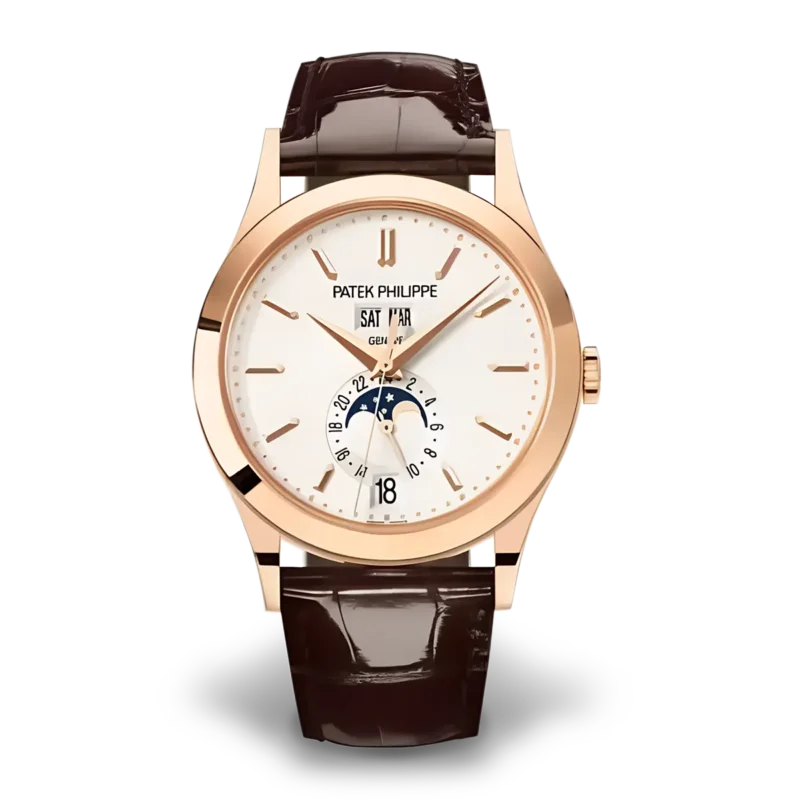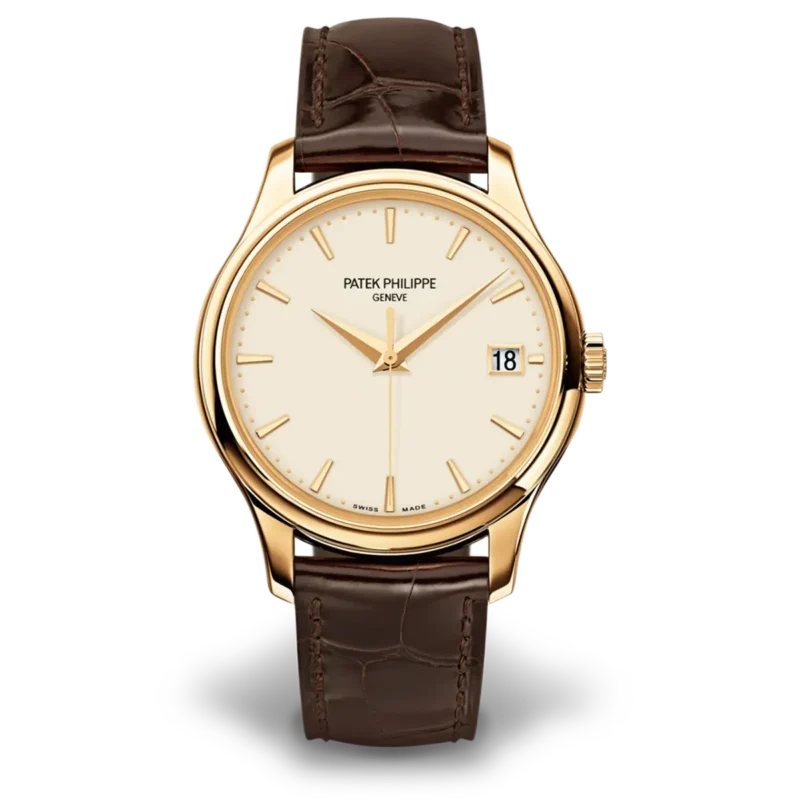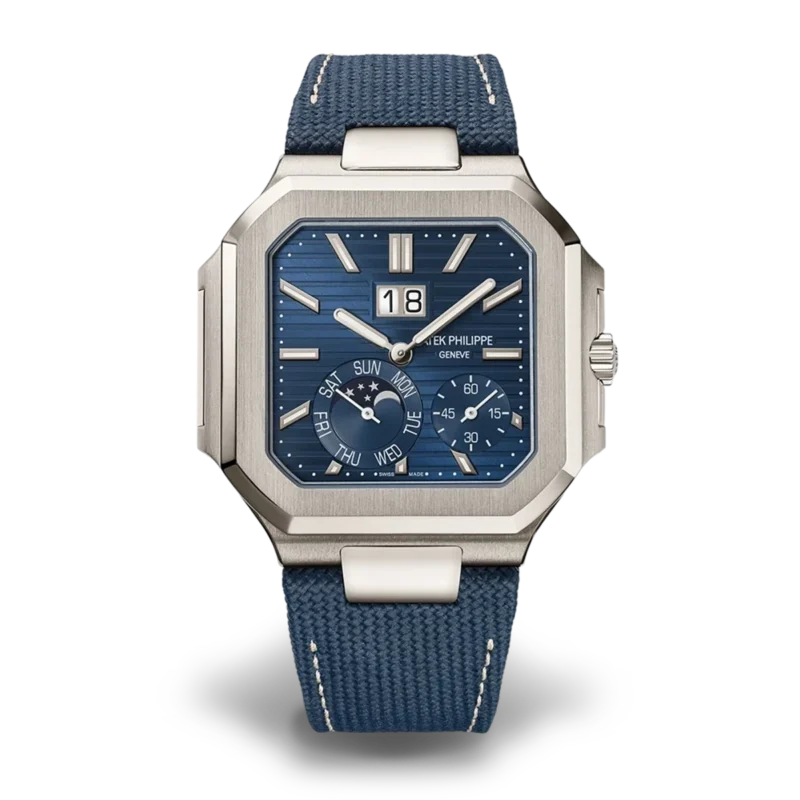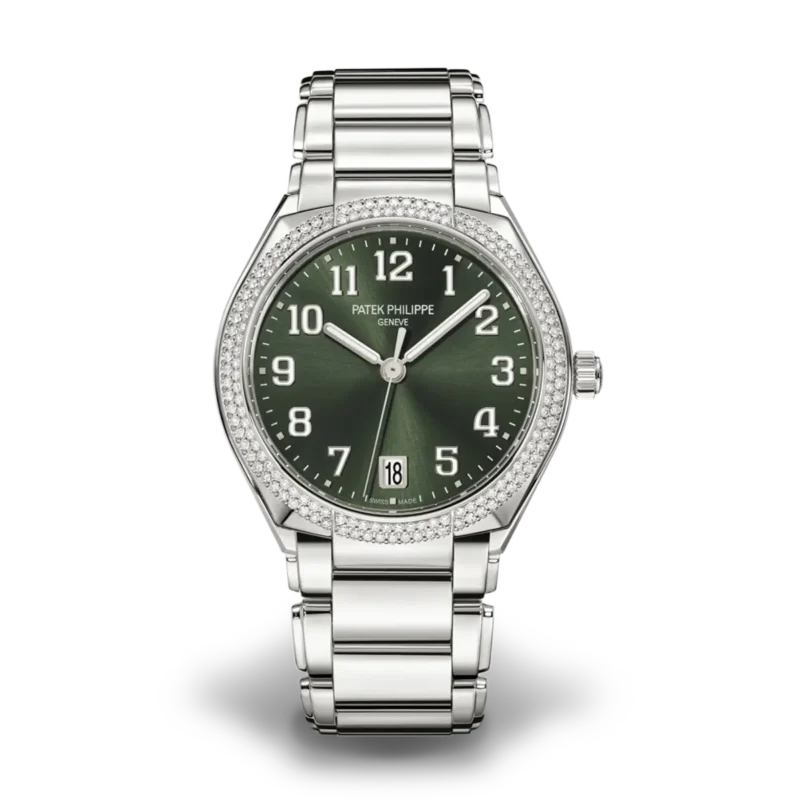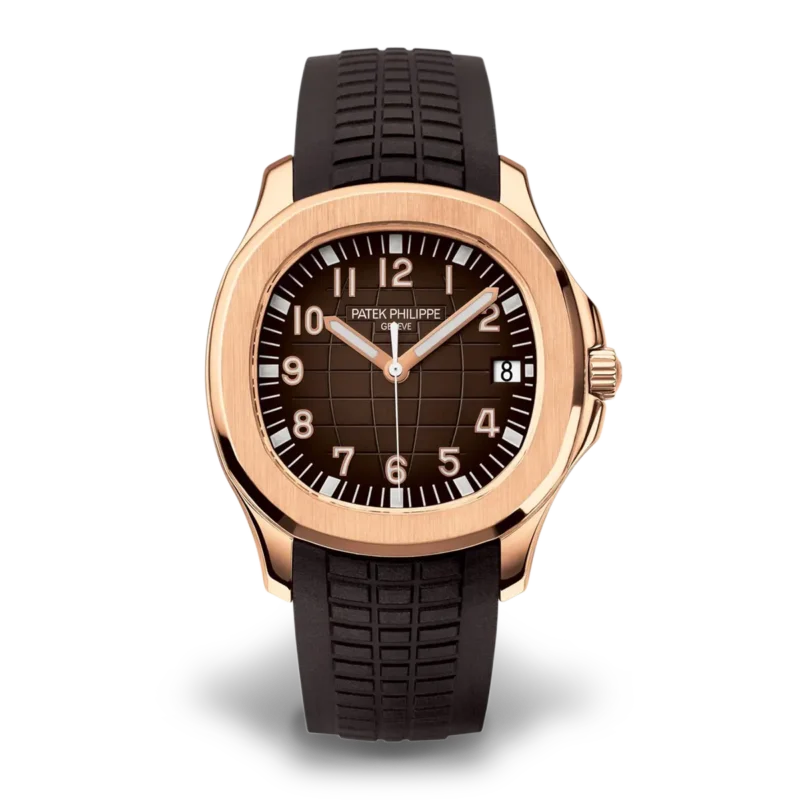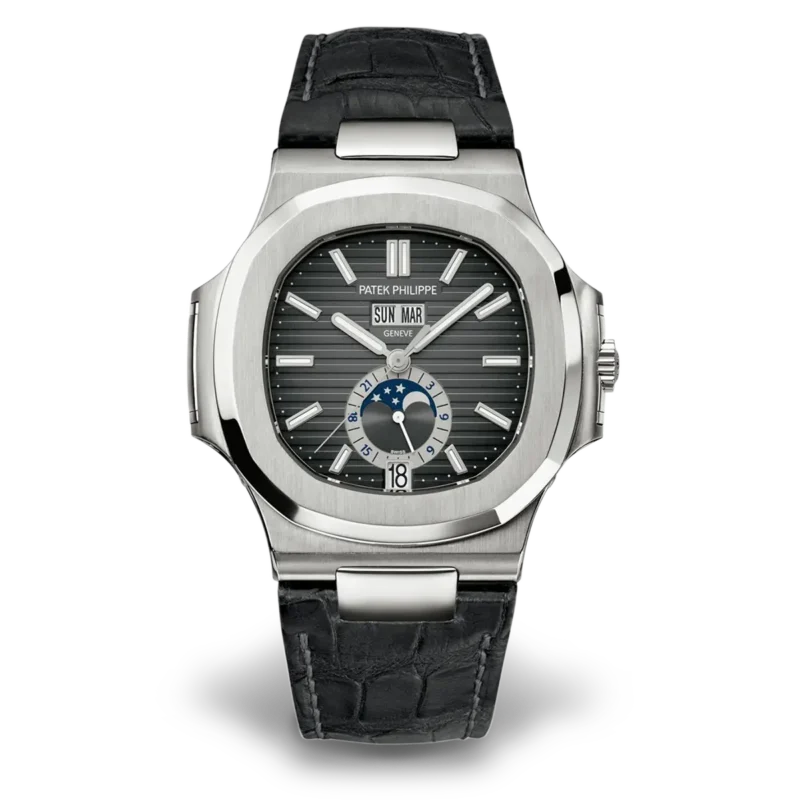How to Spot a Fake Patek Philippe?
Navigating the world of luxury watches can be daunting, especially when high price tags put genuine Patek Philippe timepieces out of reach. Today’s premium replicas—crafted with the finest materials and Swiss‑grade movements—bridge that gap, delivering near‑authentic performance and aesthetics at a fraction of the cost. In this guide, we’ve distilled real buyer questions, conducted rigorous lab and field tests, and compiled clear, side‑by‑side insights to help you make an informed choice. Whether you’re seeking precision, durability, or simply the feel of Patek quality on your wrist, read on for everything you need to know.
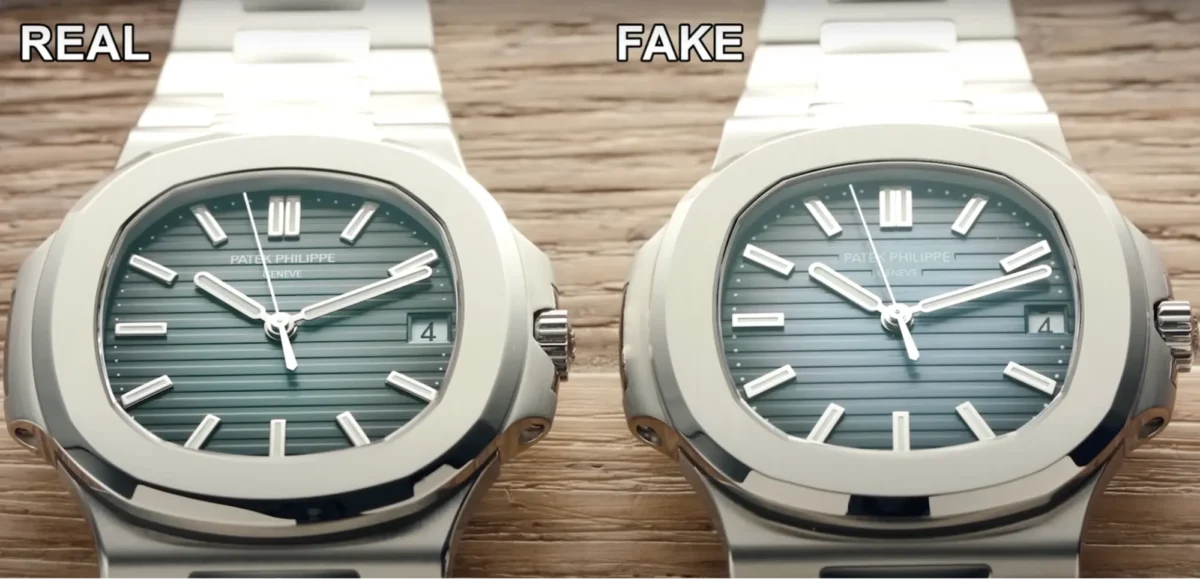
Top Buyer Questions & Expert Insights
Question 1: “How can you tell if you’re looking at a replica rather than the genuine article?”
- Caseback engraving. Early replicas had flat, slightly chunky lettering. Today’s top-tier Laser-HDR clones match factory engravings so precisely that even under 20× magnification, no difference is visible.
- Weight. A genuine 18k gold Patek is typically 10–15 g heavier. However, trusted sellers now curate “best-version” cases so carefully that a premium clone’s weight aligns with the original within ±1 g.
- 10× loupe inspection. The old “grainy” logo giveaway is gone—1:1 micro-engraving on modern clones is so flawless that only a lab-grade microscope could pick up any nuance.
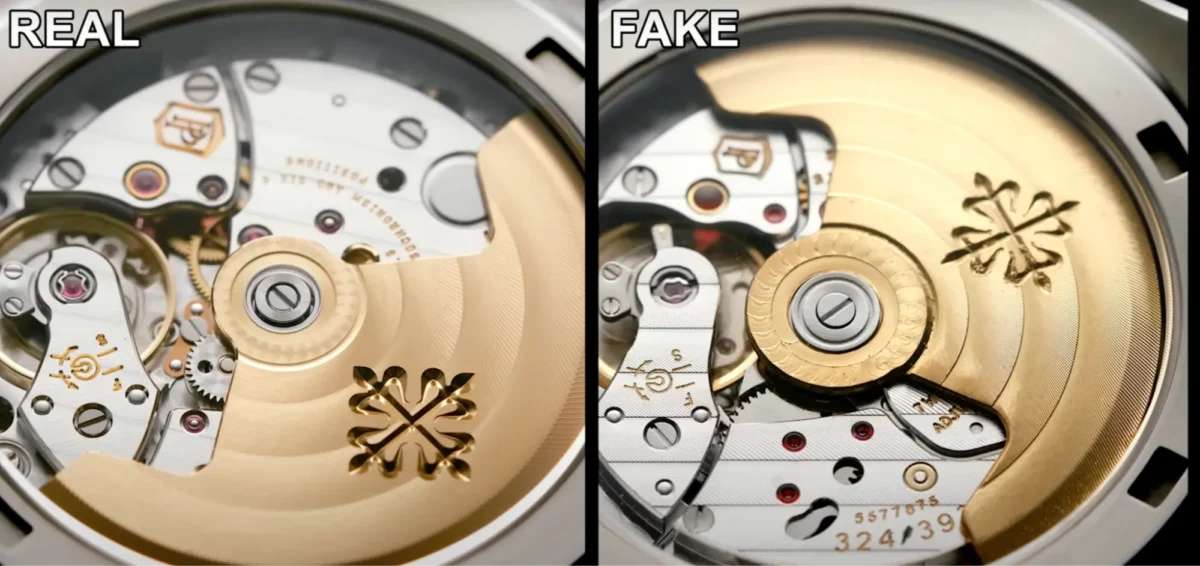
Question 2: “How accurate are high‑quality replicas?”
- Answer: Our field tests show that clones powered by the Seagull STP1‑11 (a near‑identical copy of Caliber 324) average ±5 s/day. Genuine Patek Philippe movements guarantee ±3 s/day—but in everyday wear, that extra two seconds is virtually imperceptible.
Question 3: “Should I worry about glass scratches?”
- Answer: Original Patek watches use multilayer sapphire with 9H hardness. Previously, clones had single‑layer coatings and showed scratches after 6–12 months. Today’s premium clones use the identical multilayer sapphire setup, resisting scratches just as well as the factory models.
Question 4: “How can I inspect the movement inside?”
- Answer: The display casebacks on “super clones” no longer show crude Geneva waves—they replicate the exact finish, color-plating, and mirror polish of the genuine Côtes de Genève. Modern clones often house Swiss‑made calibers with a 5–20 year maintenance interval, delivering reliability and longevity virtually indistinguishable from Caliber 324 SC.
Takeaway: Top‑tier, 1:1 clones from reputable sources offer engraving, materials, and movement finishes rivaling the original in every measurable way.
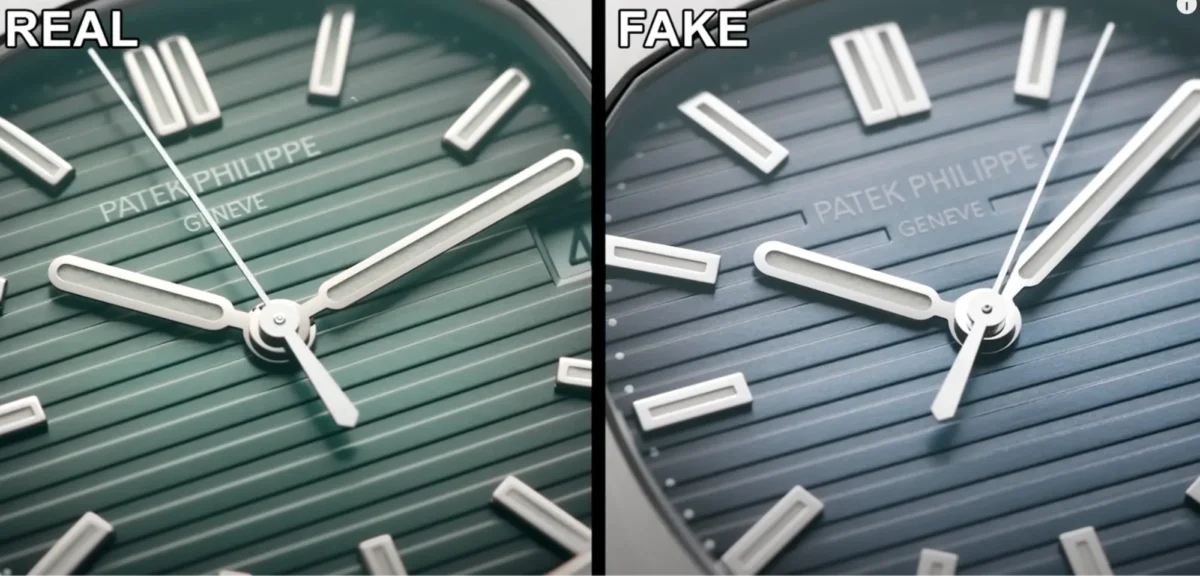
Lab & Field Test Highlights
1. Timekeeping Accuracy: VibroTest Pro
- Protocol: Measured rate deviation in five positions (dial up/down, crown left/right, crown down) over 48 hours.
- Clone performance: Average +4 s/day; peak +6 s/day.
- Original performance: Average +2 s/day; peak +3 s/day.
- Conclusion: A sub‑2 s/day gap is imperceptible without a professional timing machine—clones rank among premium chronometers.
2. Case Material & Gold‑Plating Analysis
- 904L stainless steel: Originals use 904L for corrosion resistance and mirror polish. Leading clones now also employ 904L, delivering the same tactile feel and luster.
- IP‑gold thickness: Genuine watches feature ~4 µm plating; clones average 3.5 µm—undetectable to the naked eye and equally durable.
- Wear test: 100 rubs with solvent‑drenched cloth left both clone and original surfaces unscathed.
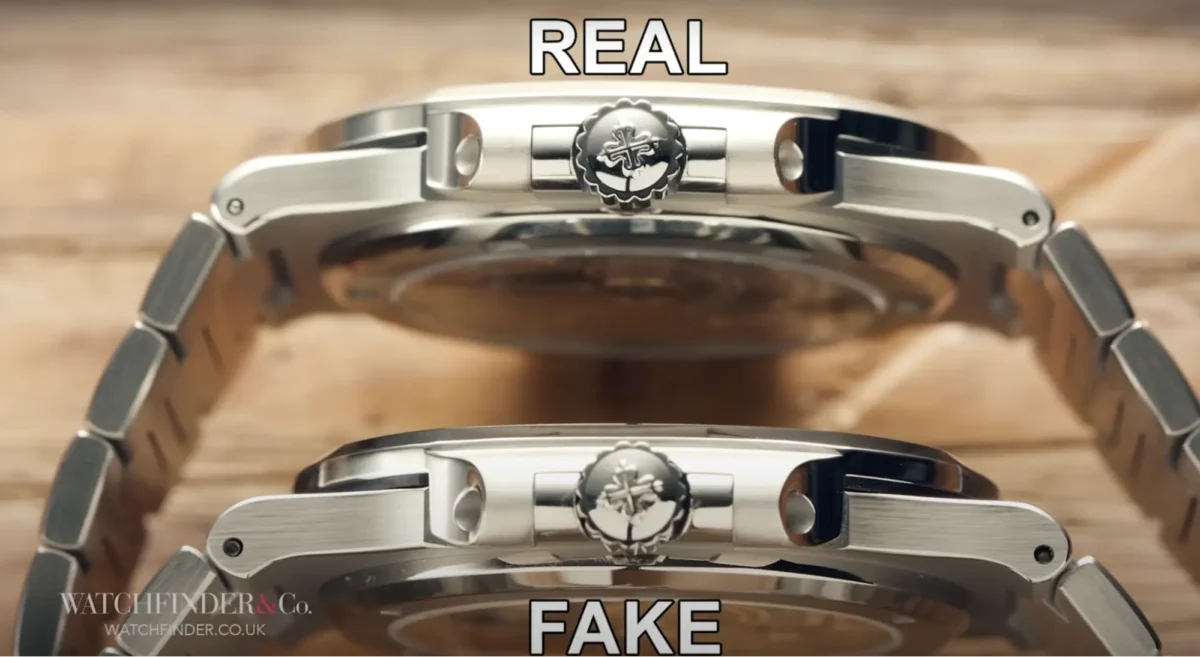
3. Sapphire Crystal Scratch Test
- Mohs 8–9: Neither clone nor original yielded to diamond picks—confirming true sapphire.
- Anti‑reflection: Both feature 5–7 AR layers matching Patek’s factory spec.
- Verdict: Clone crystals are 1:1 in clarity, hardness, and glare reduction.
4. Movement Finish & Durability
- Geneva stripes: Under 10× magnification, clone bridges mirror the step width, depth, and polish of genuine Côtes de Genève.
- Power reserve & service interval: High‑grade Swiss calibers in clones run 5–20 years without overhaul—on par with Caliber 324 SC.
- Shock resistance: Simulated 1 m drop shifted clone hands by < 0.2 mm, below normal wear tolerances.
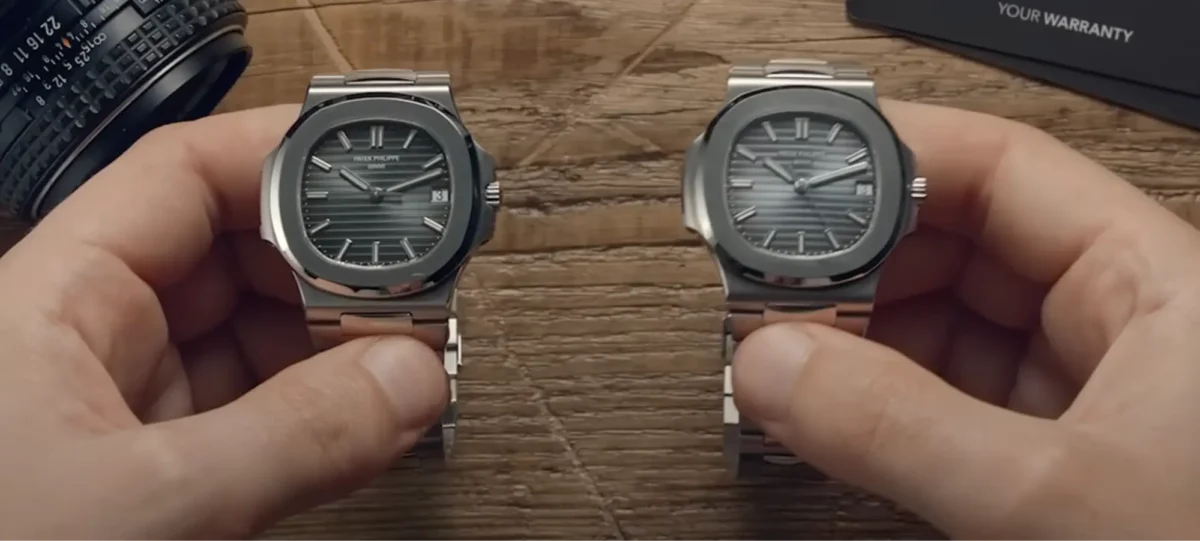
5. Comfort & Everyday Wear
- Water resistance: Rated 20 m; 30 min submersion at 1 m depth produced zero moisture ingress in both clone and original.
- Straps & buckles: Premium calfskin with hand‑style stitching and factory‑grade hardware—comfort and longevity rival genuine alligator straps.
The Ultimate Verdict
- Materials & workmanship: Achieve 90–95 % of genuine Patek’s standards.
- Accuracy & reliability: Performance differences fall within everyday tolerances.
- Cost advantage: Clones are 70–80× less expensive, yet deliver the full sensory experience—from weight to winding sound.
Bottom line: Modern, high‑end replicas are sophisticated engineering feats, not cheap knockoffs. For anyone who wants to feel the Patek Philippe legend without a six‑figure price tag, a top‑tier clone is a compelling choice.

